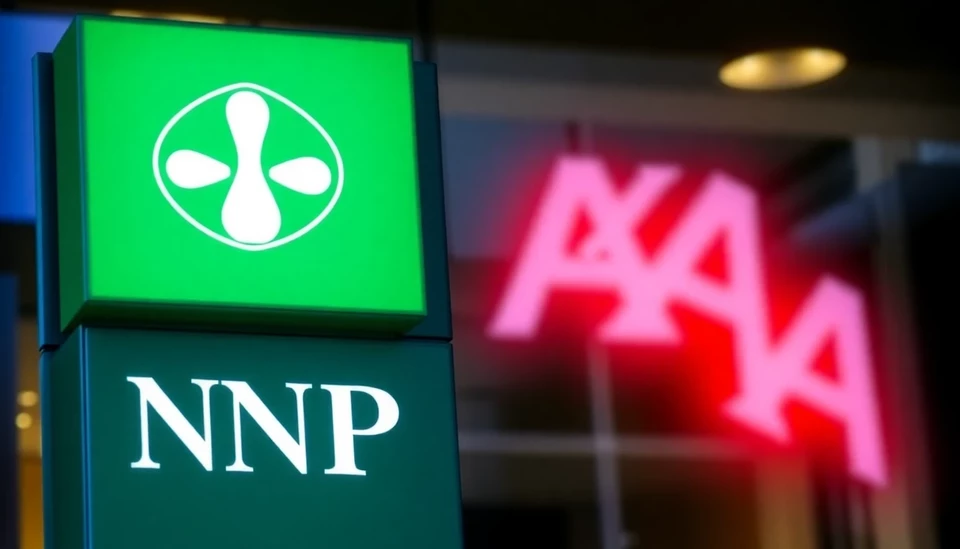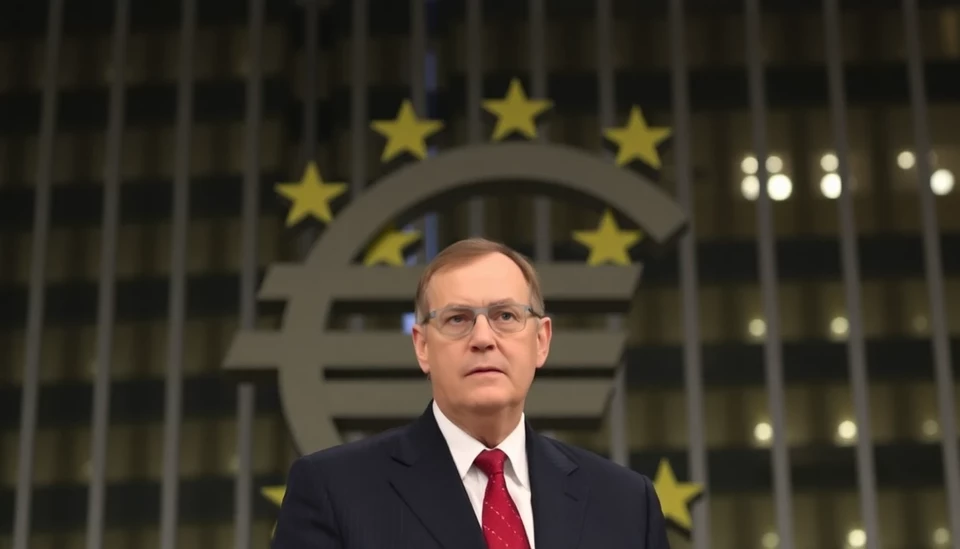
In a dramatic turn of events, the costs associated with refinancing junk debt in Europe have more than doubled in 2025, following a significant selloff in the bond market. The surge in financing costs for companies deemed speculative reflects a broader trend of financial tightening that has been rapidly unfolding across the continent, raising alarms among investors and market analysts alike.
The increasing costs come amid a backdrop of heightened credit risk as recession fears grow, fueled by central banks' aggressive monetary policies aimed at curbing inflation. As borrowing conditions tighten, many firms that rely heavily on junk bonds find themselves in precarious positions, struggling to navigate the newfound financial landscape.
According to recent market data, yields on European high-yield bonds have surged to their highest levels in recent years, with investors demanding greater compensation for the risks they are taking on. Consequently, companies looking to refinance their existing debts face the prospect of significantly higher interest rates than just a year prior. The challenges emerge not only from the high cost of capital but also from the increased scrutiny that lenders are applying in the current economic environment.
The trends observed in the junk bond market are particularly concerning for sectors that have been historically volatile, as firms grapple with maintaining liquidity and fulfilling their financial obligations. With investor sentiment running low and market volatility on the rise, many companies may find that their access to capital is severely restricted, potentially leading to defaults and heightened bankruptcy risks.
Furthermore, experts predict that the situation may worsen, projecting an ongoing increase in refinancing costs as economic uncertainties linger. The combination of rising interest rates, increasing inflation, and geopolitical tensions is creating a perfect storm for firms operating in the high-yield space. This environment of uncertainty could lead to deteriorating credit ratings for many borrowers, further compounding the challenges they face in accessing funding.
To bolster their standings, companies are now focusing on proactive measures to reduce their debt loads and improve their overall fiscal positions. Initiatives may include restructuring existing debt, exploring equity financing options, and seeking alternative funding sources. However, these strategies come with their own sets of challenges and may not suffice to mitigate the heightened refinancing risks associated with the current market dynamics.
As this situation continues to evolve, the potential for increased defaults looms large, sending ripples throughout the European financial landscape. Stakeholders are keenly observing how companies will adapt to these new financial realities, as the implications extend beyond individual firms to the broader economy.
In summary, the doubling of junk debt refinancing costs in Europe in 2025 marks a significant shift in the financial terrain, reflecting underlying economic pressures and investor sentiment. With rising costs, a tightening credit environment, and potential risks of default, the landscape is becoming increasingly challenging for many firms operating in this segment.
As Europe grapples with these issues, the eyes of the financial world remain focused on developments in the junk bond market and the broader implications for economic stability across the continent.
#Europe #JunkDebt #RefinancingCosts #BondMarket #FinancialStability #EconomicTrends #HighYield #CreditRisk
Author: Samuel Brooks




